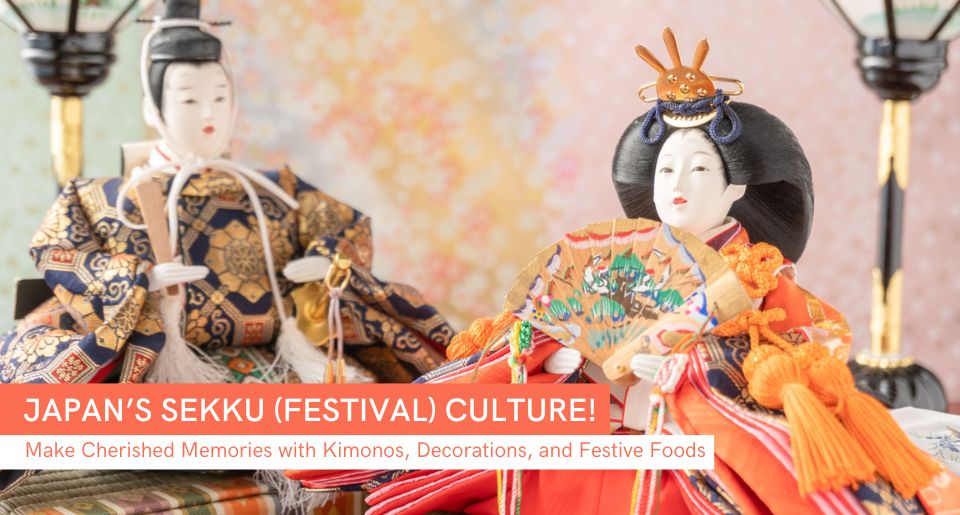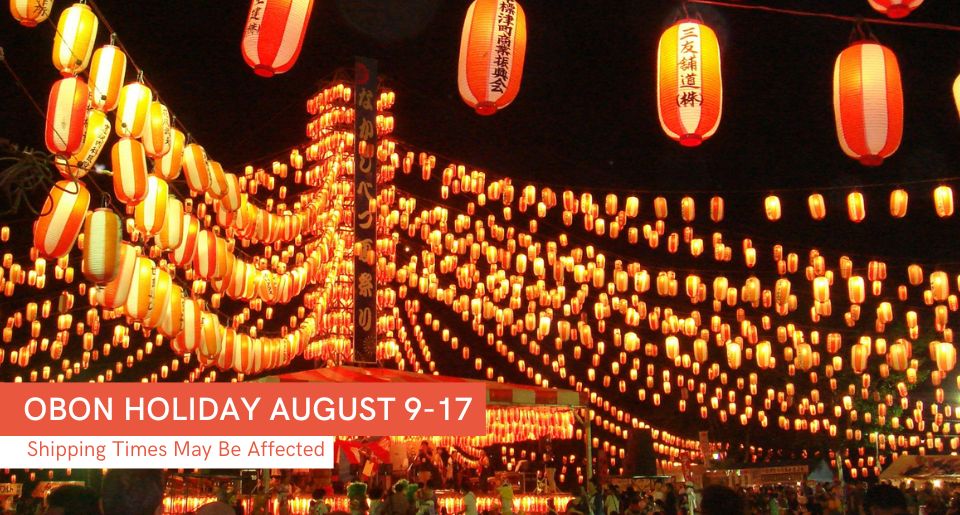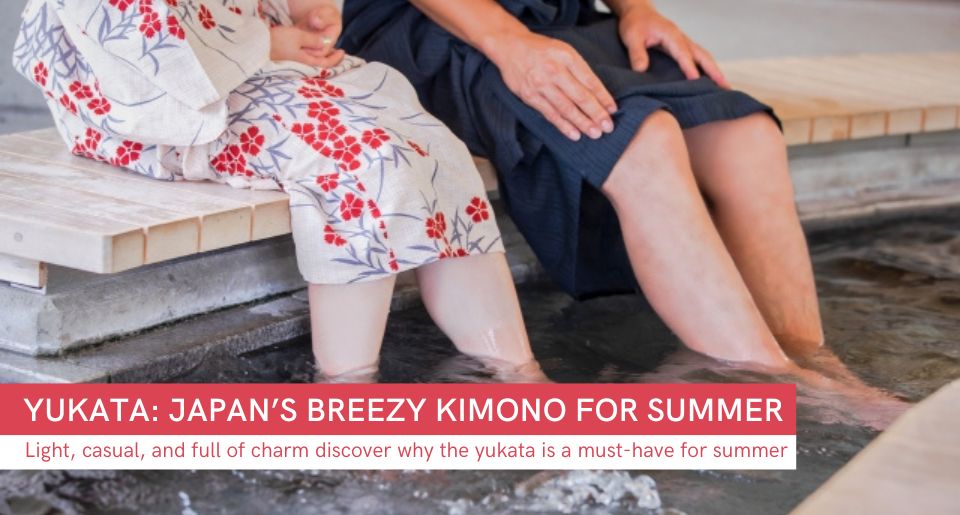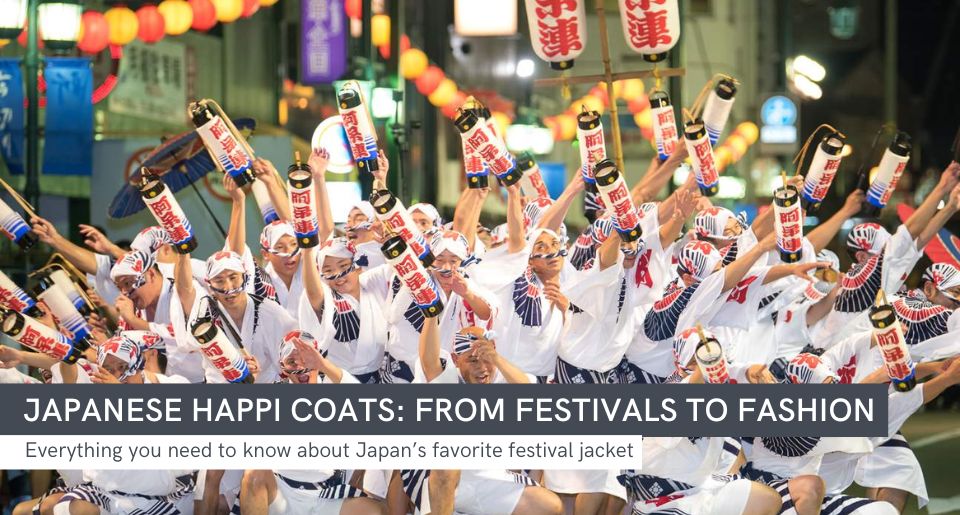What is Sekku?
"Sekku" refers to traditional Japanese seasonal celebrations. Since ancient times, people have marked special days in alignment with seasonal changes, wishing for good health and happiness. Today, the most significant ones are the “Gosekku” or "Five Sekku", each associated with specific foods, decorations, and customs that families can enjoy together.
This blog explores the origins of the Five Sekku, traditional ways to celebrate them, and modern ideas to incorporate them into daily life.
The Origins and History of the Five Sekku
The Five Sekku originate from ancient Chinese yin-yang and five-element theories, and were introduced to Japan during the Nara period. By the Heian period, these celebrations became official court events, and during the Edo period, they were formally recognized by the shogunate, spreading widely among the general people.
Today, rather than being strictly formal, these celebrations have evolved into enjoyable seasonal events that families cherish. Let’s explore each Sekku and how you can celebrate them!
The Five Major Sekku and How to Celebrate Them
1. Jinjitsu no Sekku (Seven Herbs Festival) – January 7
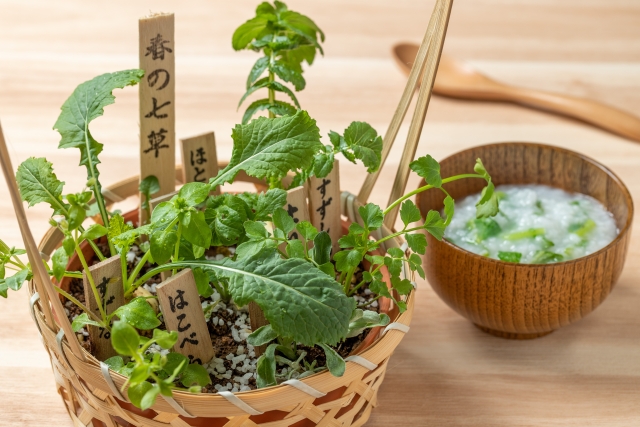
Origin:
Also known as "Jinjitsu no Sekku" (Human Day Festival), this day originated from a Chinese tradition where different animals were used for fortune telling from January 1 to 6, and January 7 was set aside as "Human Day." In Japan, this evolved into the tradition of eating Seven-Herb Rice Porridge (Nanakusa-gayu) to rest the stomach after New Year’s feasts and pray for good health.
The Seven Herbs: Seri (water dropwort), Nazuna (shepherd’s purse), Gogyo (cudweed), Hakobera (chickweed), Hotokenoza (nipplewort), Suzuna (turnip), Suzushiro (daikon radish).
Modern Ways to Enjoy:
- Eat Nanakusa-gayu to soothe your stomach after New Year's feasts.
- Try modern variations like Seven-Herb Risotto or Seven-Herb Smoothies!
2. Momo no Sekku (The Girl’s Festival) – March 3
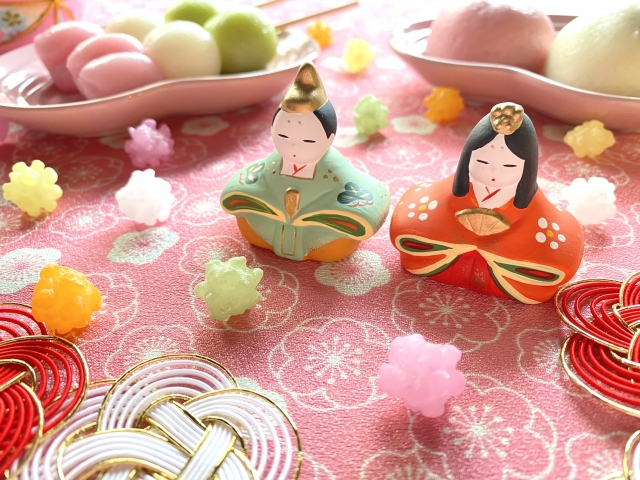
Origin:
Also known as "Jōshi no Sekku," this festival originally involved purification rituals in a river during ancient China. In Japan, it is transformed into Hinamatsuri (Doll Festival), where families pray for the health and happiness of girls by displaying hina dolls.
Modern Ways to Enjoy:
- Display hina dolls at home.
- Enjoy festive foods like chirashi sushi, clam soup, and hina arare (sweet rice crackers).
- Wear a kimono and take family photos!
3. Tango no Sekku (Children’s Day) – May 5
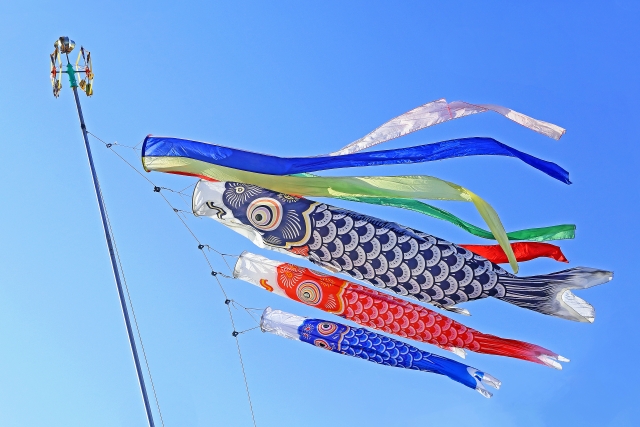
Origin:
Originally a day to ward off sickness and misfortune, this festival became associated with celebrating boys' growth and success during the samurai era. People display koi-nobori (carp streamers), kabuto (samurai helmets), and warrior dolls to symbolize strength and prosperity.
Modern Ways to Enjoy:
- Decorate with koi-nobori and kabuto.
- Take a shobu (iris) bath to ward off evil.
- Eat kashiwa-mochi (oak leaf-wrapped rice cakes) and chimaki (sweet dumplings wrapped in leaves).
4. Tanabata (Star Festival) – July 7
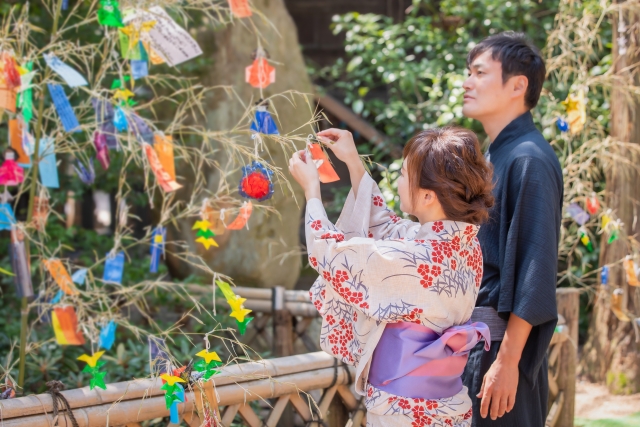
Origin:
Tanabata is known to celebrate the annual meeting of Orihime (Weaving Princess) and Hikoboshi (Cowherd Prince), who can only meet once a year. It was originally a festival for women to pray for improved sewing and calligraphy skills, which later evolved into a star festival, where people write their wishes on strips of paper and hand them on bamboo.
Modern Ways to Enjoy:
- Write wishes on tanzaku (colorful paper strips) and hang them on bamboo.
- Stargaze with family or loved ones.
- Eat somen noodles, which symbolize Orihime’s weaving threads.
5. Chouyou no Sekku (Chrysanthemum Festival) – September 9
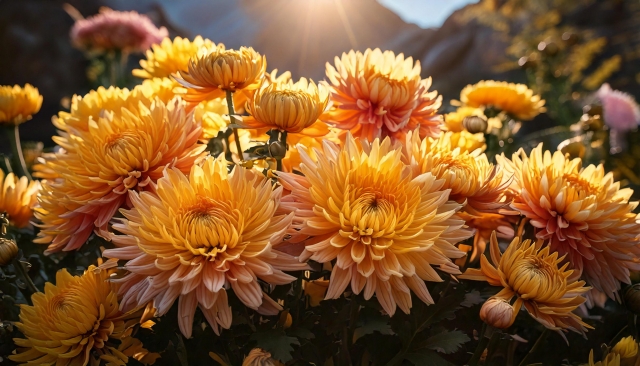
Origin:
September 9 is considered a highly auspicious day as the odd number 9 repeats (yang energy doubling). In Japan, an event was held to pray for longevity using chrysanthemums.
Modern Ways to Enjoy:
- Enjoy chrysanthemum sake with floating chrysanthemum petals.
- Decorate your home with chrysanthemum flowers for an autumn touch.
- Eat chestnut rice, as this festival is also called "Chestnut Sekku".
Other Seasonal Celebrations in Japan
In addition to the five seasonal festivals, Japan has many other unique festivals and seasonal events.
Setsubun (February 3)
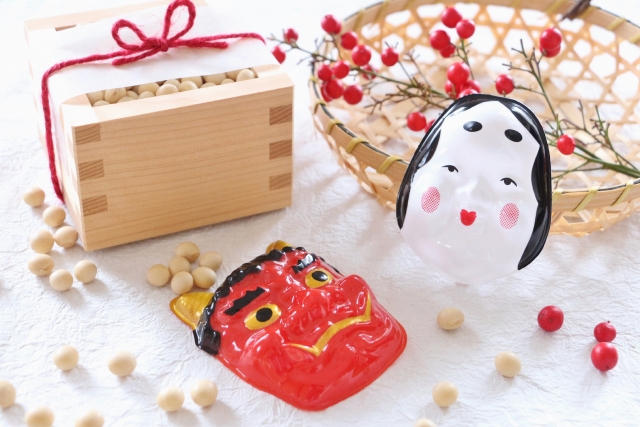
Setsubun means “the day that divides the seasons”, and originally referred to the day before the beginning of spring, summer, autumn, and winter. Nowadays, it specifically refers to “the day before the transition from winter to spring (around February 3rd), and has become established as an event to ward off evil spirits.
Oni is a symbol of disaster so people throw roasted soybeans while chanting "Oni wa soto! Fuku wa uchi!" (Demons out! Good fortune in!). It is also said that eating the same number of beans as your age will lead to good health and freedom from illness.
Modern Ways to Enjoy:
- Throw or scatter roasted soybeans at home.
- Eat Ehomaki (lucky sushi rolls) while facing the year’s lucky direction in silence.
- Decorate with holly sardines (the smell disliked by demons will ward off bad luck)
Shichi-Go-San (November 15)
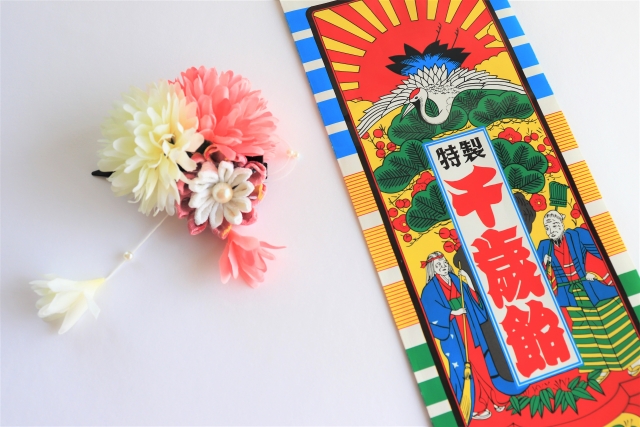
A coming-of-age celebration for children, where boys (3 & 5 years old) and girls (3 & 7 years old) wear festive attire and visit shrines for blessings. In the past, infant mortality was high, and reaching milestone ages safely was a source of great joy. As a vestige of this, the Shichi-Go-San celebration continues to this day.
Modern Ways to Enjoy:
- Eat Chitose Ame (longevity candy), symbolizing health and prosperity.
- Take commemorative photos in kimono or festive wear.
Ooharae (June 30 & December 31)
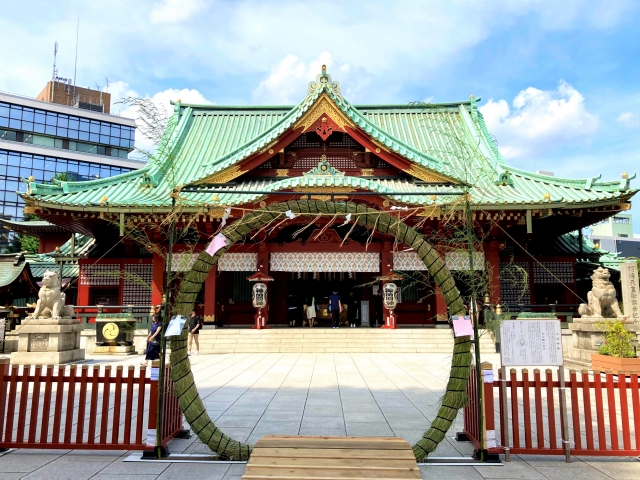
It is a Shinto ritual to purify oneself of the sins and impurities of the past six months and is held twice. At the shrine, people pass their sins and impurities to katashiro (paper dolls) before throwing away or burning them.
Modern Ways to Enjoy:
- Visit a shrine to walk through the Chinowa ring.
- Write your name on a paper doll and blow into it (to transfer your sins and misfortunes to it and have it burned)
- Eat “Minazuki” during the Great Purification in June.
Recommended Shops

Explore these stores for festive decorations and goods:
Sekku offers a beautiful way to connect with Japan’s seasons and traditions. While preserving the essence of these customs, feel free to adapt them to your modern lifestyle.
The next Sekku is March 3 (Hinamatsuri)!
Why not take the time to celebrate Japan’s seasons with your family?

